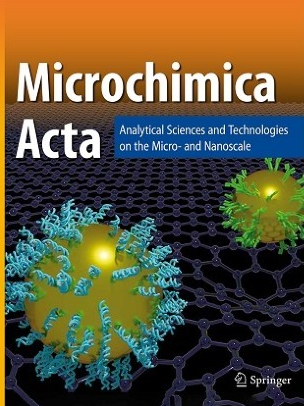Advances in magnetic affinity-based isolation/detection of exosomes for robust diagnostics
Abstract
The review article provides a short introduction to exosomes with the focus to use exosomes as disease markers itself (i.e. their concentration or presence of some specific receptors) or a source of disease biomarkers such as proteins and metabolites. In detail, we are discussing various methods of exosome isolation and the main focus of the review paper is on affinity capture of exosomes, since some of them can be applied to the isolation of specific sub-populations of exosomes produced by some specific organs. The article provides a comprehensive overview of magnetic (bio)affinity capture applied to the detection of exosomes or exosomal cargo using different (bio)affinity capture ligands such as antibodies, DNA aptamers, peptides, glycan-based recognition, transferrin-based approaches, affinity based on recognition of phospholipids of exosomes and other approaches including electrostatic interactions. The review in detail provides key analytical and clinical parameters of such approaches in a form of an extensive table summarising outcomes published in the last two years (2023–2024). Finally, the review paper also provides conclusions sections discussing pros and cons of magnetic (bio)affinity capture for exosome isolation and/or determination of exosomal content.
Graphical abstract

 求助内容:
求助内容: 应助结果提醒方式:
应助结果提醒方式:


